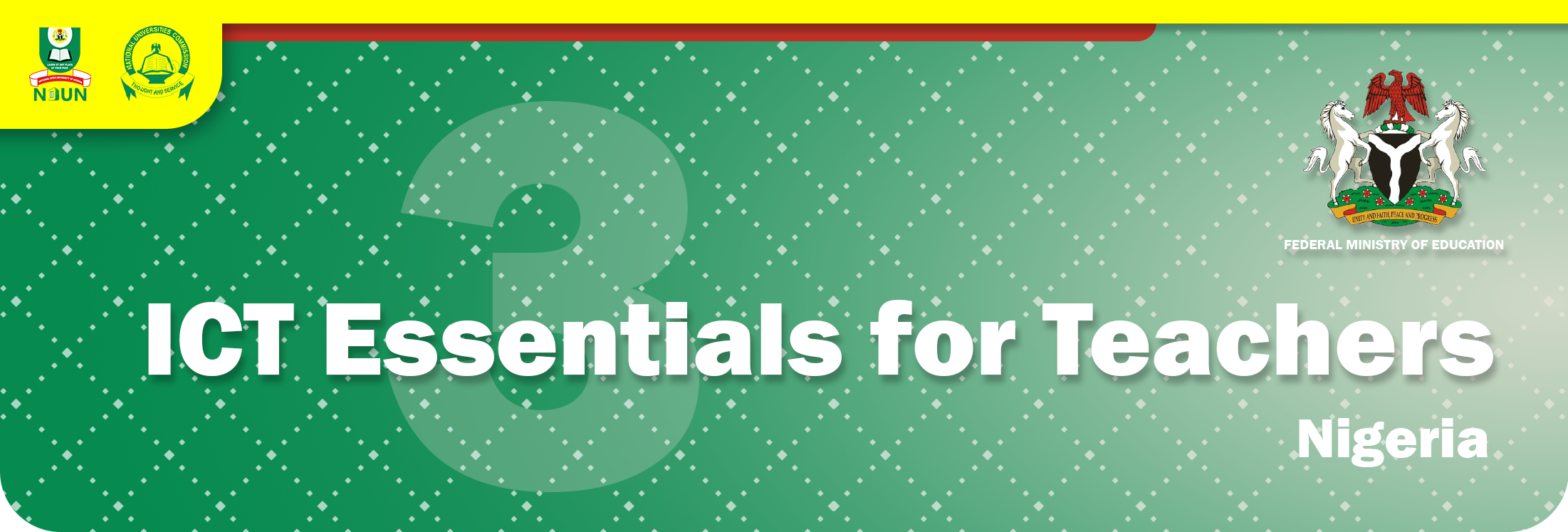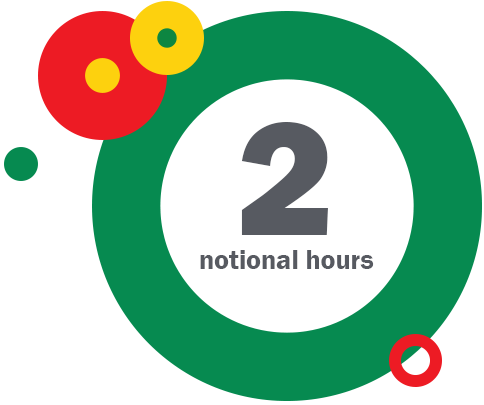General




The previous unit addressed how ICT can be used to support traditional pedagogy, that is teacher led instruction where the teacher is at the center of the entire teaching and learning process. On the other hand, this unit looks at the situation where the students play a major role or are placed at the center of the teaching and learning process. In other words, the students are to a large extent responsible for their own learning. This approach to learning is known as Project Based Learning (PBL). No wonder Volva (2016) sees project-based learning as a form of learning-by-doing approach.
Unlike conventional teaching approaches, which rely on the teacher to direct learning and control information flows, project-based learning gives students the freedom to explore a subject in a way that suits their learning needs. Teachers and advocates of project-based learning believe that this form of learning enables students to:
Develop greater knowledge about a subject;
Become more motivated to learn;
Improve their research and problem-solving skills;
See how what they are learning at school can be used in real life.
Since project-based learning is problem solving driven, a duration of 4hrs is considered appropriate.
Suggested Study Time: 4 hours

By the end of this unit, you will be able to:
describe how to facilitate project-based learning using ICTs
identify and describe ICT Tools that support Project Based Learning
manage project-based learning activities in a technology environment
describe how to structure real-world problems into a project design.

1. Walk through the resources below in sequence
Discuss the effectiveness of peer assessment with your colleagues, in the forum below. State your points while you are expected to engage at least 4 participants on their views.
![]()
The steps that follow provide a summary of the PBL planning process.
1. Reflect on the quality of the questions you have posed for the project. |
|
2. Now consider your role as facilitator. Can you construct the structure of the lesson? For example what resources will you need to help the students investigate your questions? |
|
3. Once they have collected data you will need to facilitate the reporting of their findings and helping them draw conclusions. |
|
4. In light of all the arrangements required above don’t forget that the assessment strategy you designed must also be effective. |
|


![]()
In this unit, we will discuss the strategies to support remote teaching as education is among the sectors that suffered devastating impact of the COVID-19 pandemic. Before the pandemic, the education system has adopted purely, face-to-face approach to teaching and learning in primary and secondary schools. Primary and secondary school learners were not allowed to own any digital gadget such as phone or computer system, neither were they allowed to be seen with such in the schools.
With the emergence of the lockdown condition and school closure, following the COVID-19 pandemic, both teachers and learners were helpless about how to continue learning in the face of the pandemic. The tertiary institutions fared better as they were already used to some form of hybrid learning.
![]()
By the end of this unit, you will be able to:

1. Work through the resources below in sequence
2. Use the forum below and consider the question, "Is taking a class online easier than a ‘regular’ class?" Please post once and reply to your colleague's posts at least twice.
3. Haven completed the discussion above, please work through the resources below.
4. Use the forum below and consider the question, "Are video, audio, and real-time activities a benefit in a text-based asynchronous online course? Why or why not?" Please post once and reply to your colleague's posts at least twice.
![]()
Despite the challenges of the COVID 19, remote learning can be extremely effective. If all students have access to an electronic device and internet, and if teachers have experience and training in how to provide high-quality learning experiences online, then the constraints of traditional classroom education can be challenged
Remote learning provides flexibility for students to learn from anywhere and for parents to support their children. It allows students who want to explore enrichment opportunities to learn more independently. Finally, remote learning offers additional ways for teachers and students to collaborate together so that young people can reach their academic goals.
If you asked the typical educator last year about the terms “remote learning” and “distance learning” and to evaluate their effectiveness, you might have received general or even quizzical responses. However, in just a few months’ time, the landscape has changed dramatically. Not only have teachers been thrown into a new reality of remote learning, but so have students and parents. As a result, our shared understanding of these terms is very much in its infancy. Even as schools had reopened in the fall, we can choose to continue with remote learning, as our knowledge about distance learning will undoubtedly grow, develop and evolve with the new normal.

Licence
ICT Essentials for Teachers (Nigeria) is licensed under a Creative Commons Attribution-ShareAlike 4.0 International License.
![]()
This course was made possible with the financial support of UNESCO.